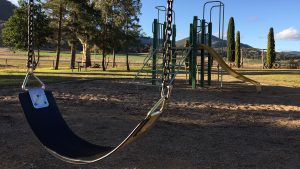The contrast theory: a new approach in understanding myopia
The contrast theory in myopia development and control is based on links between retinal cone expressions, genetics and myopia. This is distinct from peripheral defocus and simultaneous defocus theories and underpins the new SightGlass DOT 0.2 spectacle lens for myopia control. Learn more here.



















